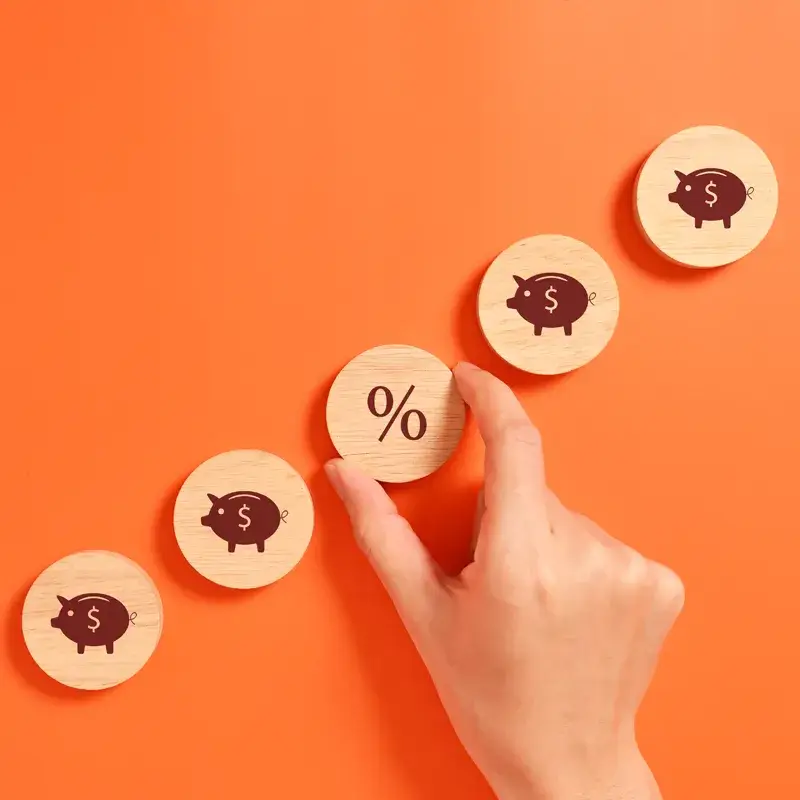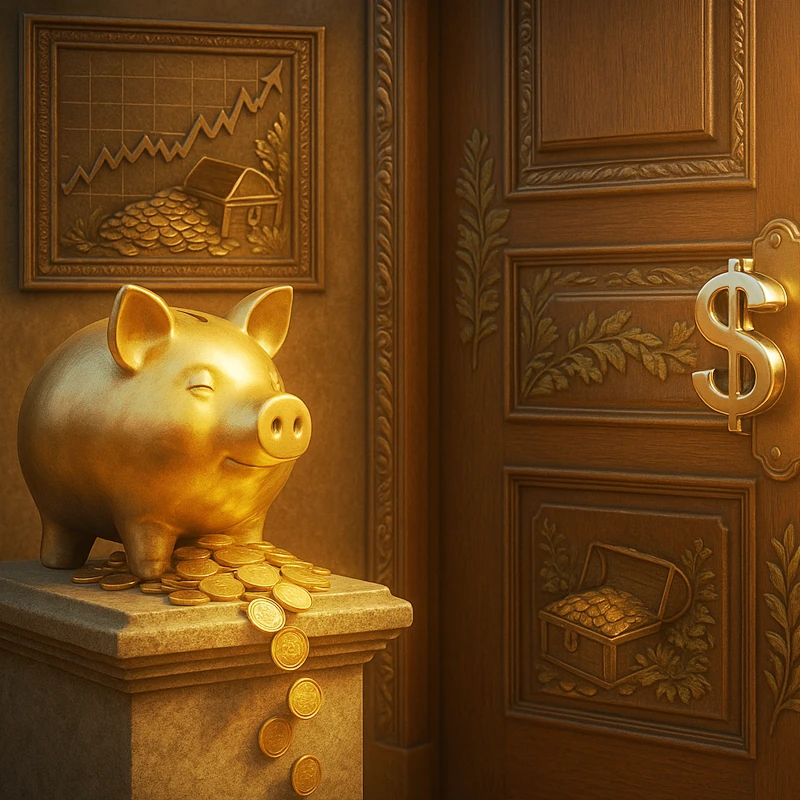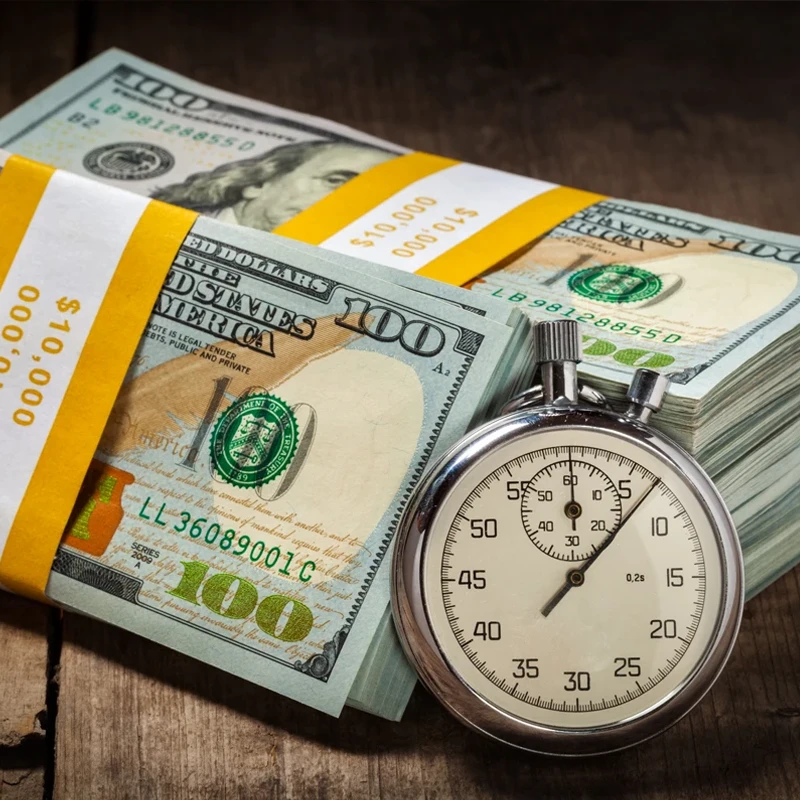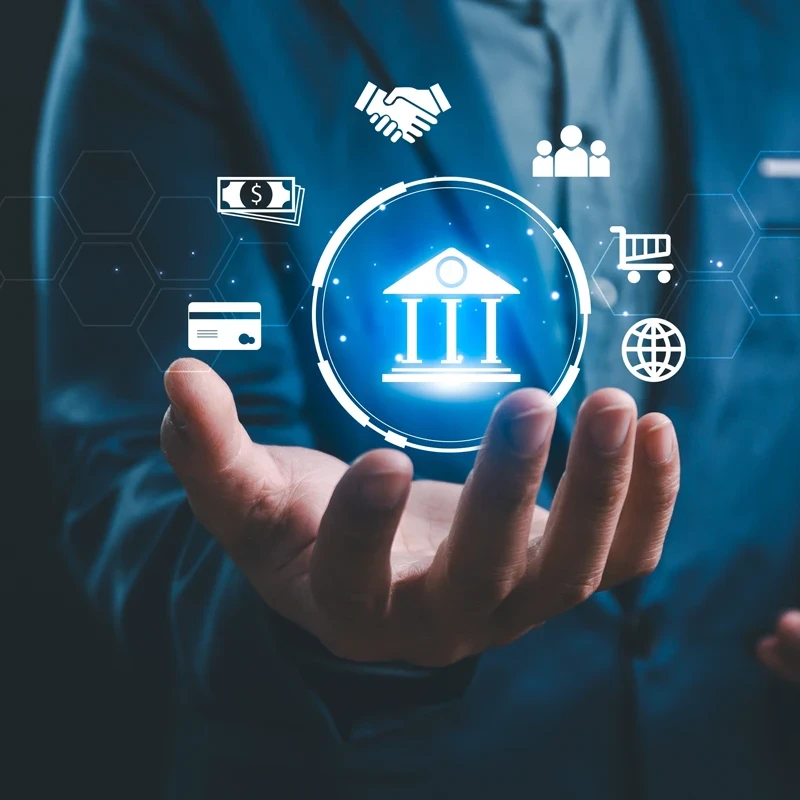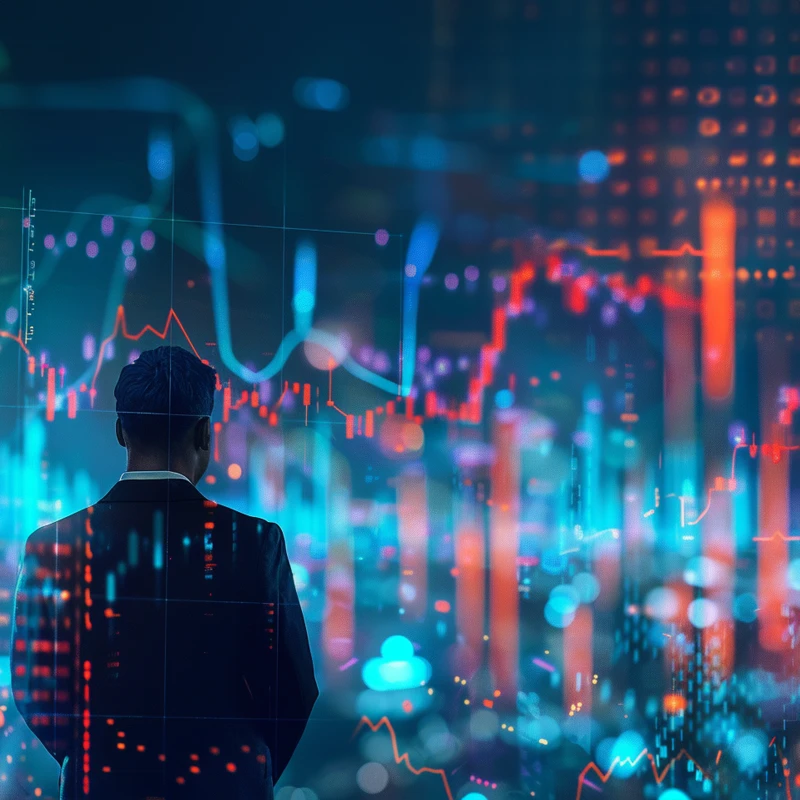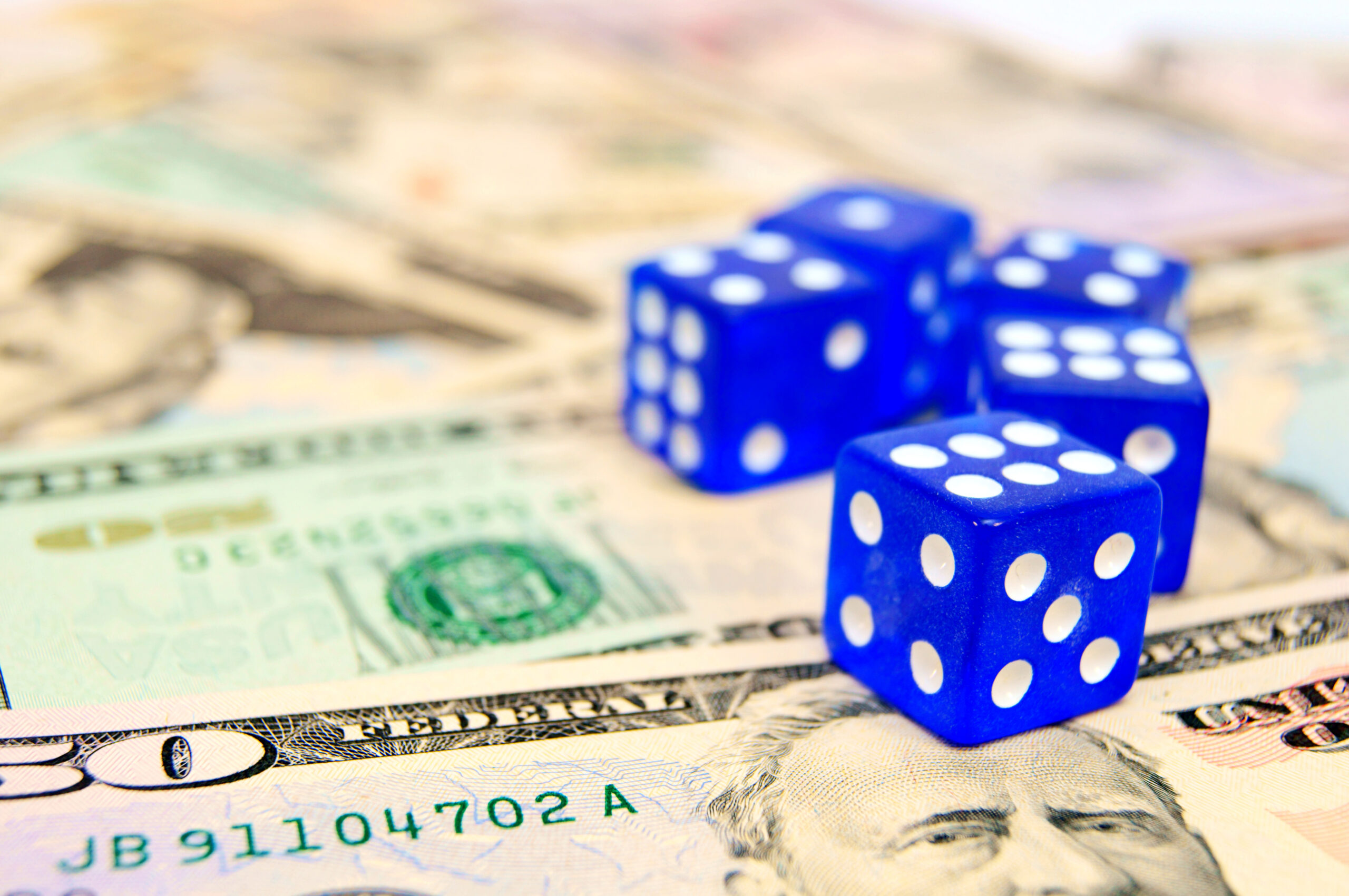Debt is a part of everyday life. People borrow money to buy homes, go to school, or start businesses. But did you know that debt moves in cycles? These cycles can affect you, your family, and the entire economy.
What Is a Debt Cycle?
A debt cycle is the way debt goes up and down over time. It starts when people and businesses borrow money. They use this money to buy things or invest. Over time, they have to pay it back, usually with interest (extra money added on top). When a lot of people borrow and spend, the economy grows. But if too much debt builds up, it can lead to problems.
How Debt Cycles Work
Borrowing and Spending Increases
When people feel confident, they borrow money to buy things like houses, cars, and other goods. Businesses might borrow to expand, hire more people, or create new products. This makes the economy grow.
Repaying Debt
Eventually, people and businesses must start paying back what they borrowed. As more money goes toward paying off debt instead of buying new things, spending slows down. This can make the economy slow down too.
Debt Becomes Too High
If too much debt piles up and people struggle to pay it back, the economy can hit a rough patch. Spending drops, businesses may cut jobs, and banks might stop lending money. This can lead to a recession—a time when the economy shrinks.
Recovery Starts
During tough times, people and businesses work to pay off their debts. Over time, they borrow less and spend less, which helps lower the total amount of debt. Eventually, the economy starts to recover, and the debt cycle begins again.
Interest Rates and Economic Debt Cycles
Federal funds rates play a crucial role in shaping debt cycles by influencing borrowing costs throughout the economy. When the Federal Reserve raises interest rates, the cost of borrowing increases for individuals and businesses alike. This discourages taking on new debt or refinancing existing debt, leading to a slowdown in consumer spending and business investments. On the flip side, when the Fed lowers interest rates, borrowing becomes cheaper, which can fuel borrowing and spending, potentially leading to economic overheating. These cycles of tightening and loosening rates often contribute to the boom-and-bust nature of debt cycles, where periods of easy credit and low interest rates are followed by corrections when debt levels become unsustainable. If borrowing continues unchecked, it can lead to a debt crisis, where debt service becomes too burdensome for individuals, companies, or even governments. The Federal Reserve’s adjustments to the federal funds rate thus directly impact the availability of credit and the overall health of debt markets, influencing economic stability over time.
How Debt Cycles Impact You
- Jobs: When businesses borrow and expand, they often hire more people, which is good for job seekers. But when the debt cycle turns and the economy slows, jobs can be lost.
- Prices: When people borrow and spend a lot, demand for goods increases. This can make prices go up (inflation). When spending slows, prices may fall.
- Loans: If you want a loan during a bad part of the debt cycle, like a recession, it may be harder to get or come with higher interest rates.
Tips for Managing Debt in the Cycle
- Be Careful with Borrowing: Only borrow what you can afford to pay back. This helps you avoid trouble when the economy slows.
- Build an Emergency Fund: Save money to cover at least a few months of expenses. This can help if you lose a job or face unexpected costs.
- Pay Down High-Interest Debt: High-interest debt, like credit card balances, can grow fast. Paying it off can save you money in the long run.
Wrap up
Debt cycles are a normal part of how money moves in the world. By understanding how they work, you can make smarter choices with your money. Remember, how you manage debt affects not only you but also the people around you and the entire economy!
